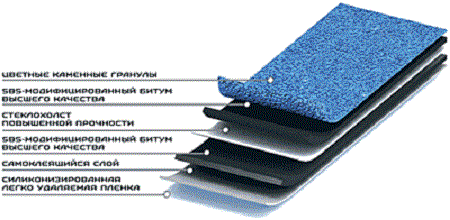
Perhaps you are faced with the choice: “What material will be the best for my roof?” At this point, you may think that one of two options is suitable for you - flexible tile cathepal or ordinary tile. Many are inclined towards a solution that can be called "solid", that is, they stop their choice on ceramic solid tiles. In this case, you need to be prepared for difficulties, because in the final result the appearance of the finish coating may not correspond to the architectural appearance of the entire structure. Therefore, katepal will be more practical - a “flexible” version of the device for the future roof. This word, of course, means flexible or soft tiles. It is also called bitumen. The name “tile” is applied to katepal conditionally, since the technical characteristics of katepal, together with the production technology, have nothing to do with solid roof tiles familiar to everyone. Compared to natural shingles, the material for which clay is used, katepal shingles are made on the basis of fiberglass - a durable material with rubber bitumen applied on both sides. This material is synthetic and has nothing to do with organic matter, so it is not susceptible to decay processes. Thanks to the rubber bitumen, katepal does not absorb water, as the material is particularly tight. When it is made qualitatively, it almost does not crack over time. Due to the special additives contained in rubber bitumen (we are talking about basalt or shale crumb), katepal is resistant to ultraviolet and mechanical damage. The same additives determine the color of the material. Moreover, the variety of colors that katepal roofing has is much greater than other roofing materials. The color spectrum is constantly expanding. The crumb located on the top layer is painted at high temperature. Careful adherence to the technology of this process allows achieving high color fastness of the katepal coating. It does not change until 15 years, and in some cases, can retain color for half a century. Katepal Roofing consists of:
- durable non-woven canvas;
- high quality bitumen;
- colored stone granules;
- self-adhesive layer;
- easily removable silicone film.
Flexible tile of cathepal has undoubted advantages. Due to its softness, it exhibits resistance to mechanical damage. You can walk the katepal soft roof finish without thinking that it will be damaged. The temperature range at which it does not lose its properties is also impressive. It ranges from -70 ° C to + 150 ° C! Even daily sharp temperature fluctuations are not able to lead to deformation of the katepal petals, while maintaining the roof pattern unchanged. Another advantage of this material is its lightness. To raise the material to the roof, you do not need to use special devices. After laying katepal tiles, the amount of waste is only 2 percent, which is the lowest among all materials for roof finishing.
The soft roof of the cathepal, reviews of which you can read on our website, has perfect waterproofing. The reason is that after completion of installation work on its device, katepal sheets quickly sinter under the influence of solar heat. At the same time, they form a dense and sufficiently strong surface, which is covered with a self-adhesive rubber bitumen from the bottom, which provides reliable tightness of the cathepal coating. It is worth paying attention to the increased resistance of this roofing material to external atmospheric effects.Among the advantages, it can be noted that katepal tiles are completely not subject to corrosion. Neither wind, nor rain, nor hail, nor snow can harm her. It remains unchanged at any temperature changes and the impact of any precipitation on it. Moreover, katepal not only protects the house from their negative effects, but also almost completely absorbs the noise that makes rain or hail falling on the roof.
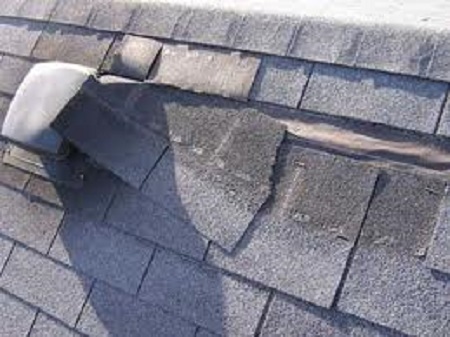
Small problems can arise if you have to replace individual damaged roof elements, which is a fairly rare occurrence. As mentioned above, katepal sheets are sintered in the sun. Therefore, not one sheet will be replaced, but a small area of the finish, including the damaged katepal sheet. It should be said that professionals will do such a job without much difficulty. The main thing is not to carry out installation work to replace the katepal roof at negative air temperature. If to summarize everything that was mentioned above, then we can note the advantages that katepal flexible tiles have:
- it is highly resistant to mechanical and atmospheric influences;
- this material is quite light and simple when climbing to the height of the roof;
- after installation work on laying katepal tiles, a minimum amount of waste remains;
- It has excellent waterproofing.
The disadvantages that katepal tiles have are the difficulties that may arise when replacing damaged roofing elements. The practicality and excellent performance of the katepal roofing material is evidenced by the fact that it is the most sought-after in the whole world. For example, 80% of roof topcoats that are being built in North America and Canada are made up of cathepal shingles. It is widespread in European countries, including Russian territories. This is not surprising, since it is an ideal coating for roofs of any configuration, without any difficulties during installation work. The soft roof of the cathepal, the photo of which you see on our website, looks equally good on houses for various purposes. It can be public buildings, ordinary country houses or luxury mansions and cottages. It’s hard not to admit that katepal topcoat is well-deserved. Another compelling argument in favor of this material is its rich color scheme. At present, almost any shade of cathepal tile that can satisfy the wishes of even the most demanding consumers is represented in the sales network. A wide range of katepal products, which has a different shape, makes it possible to create roofing with various visual effects. Among them, one can note the effect of movement of the katepal roof, as well as the effect of an old-style roof under a natural tile.
Content
Shinglas bituminous tile
Among the domestic enterprises that are engaged in the production of Shinglas bituminous tiles, one can note a joint venture of the Russian corporation TekhnoNikol with the Spanish company Chova, which has been operating since 2005. The main facilities for the production of material are located in the city of Ryazan. If you have a choice - shinglas or catepal, then it is worth noting the high quality of both materials. Shinglas soft tiles have the certificate of international quality standard ISO 9001: 2008. Depending on the model of tiles for this roofing material a guarantee of 10-30 years is provided. Just like in the production of katepal tiles, a high level of automation is applied, which provides control over the quality of products. The raw material is SBS-modified bitumen, which is supplied by leading European manufacturers, working with manufacturers of cathepal shingles.
Bituminous tile of Katrilly
Ruflex (Katepal) Katrilli collection includes shingles with a classic hexagonal shape and five color options. The premium katepal katrilli collection is a roofing material for respectable people who prefer a restrained rich style. She is distinguished by an unusual approach to painting individual sheets. In their upper part there is a “shadow”, which in the general solution of the finish coating gives the roof a three-dimensional appearance, characterized by a special relief. The colors of the cathepal catrilli have a natural shade that allows you to realize the most daring architectural designs. The guarantee of the katepal material has been increased by the manufacturer to 25 years, which is a distinctive feature of this collection. Most models of bituminous tiles have a warranty period of not more than 15 years. Flexible tile katepal katrilli is also a great price affordable for many consumers. It will be interesting to those who are used to paying for goods of proven quality. The names of the flowers of the katepal collection speak of the desire of developers and artists to approach natural nature:
- Autumn red - speaks about the unique charm of the colorful autumn forest.
- Moss greens - this katepal recalls the lush greens of forest moss.
- Tree bark - gives an idea of the warmth and grandeur of the Finnish pine forest.
- Heather is juicy and at the same time austere colors scattered on dark rocks.
- Lichen - the natural purity of nature itself, reflected in the tile katepal katrilli.
- Blue - recalls the purity of a clear summer sky.
- Gray - embodied the nobility of shades of silver.
- Golden sand - the roof of katepal in appearance reminds of the gold of the sea sandy beach.
- Hoarfrost - recalls the light haze of the November morning.
Thanks to the natural shades of nature, Katepal Katrilli can bring to life the most daring and extraordinary projects.
Shingles
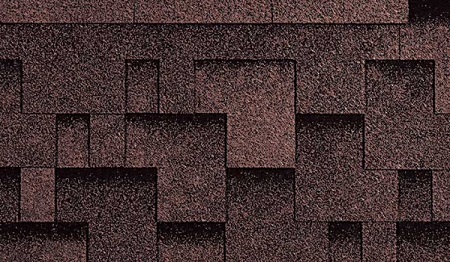
The roof finish made from katepal rocky shingles has its own unique individual style. The tile resembles in appearance a shingle roof, characteristic of the North of Europe. Flexible shingles of cathepal rock laid on the roofs of houses take our eyes to the medieval towns of Sweden, Germany and Finland. The view of such a katepal roof invites a feeling of delight and pride in his place of residence. The soft tiles of this model are made on the basis of organic and polymeric materials of the highest quality. If we compare with the rocky cathepal samples that were developed three years ago, the composition of the polymer-bitumen mixture has now been changed, and its formulation has been significantly improved. Flexible tile katepal rocky has high strength and resistance to changes in air temperature. It perfectly resists the mechanical expansion and contraction of structural elements of the roof. Katepal tiles do not respond to natural vibrations of the roof and can easily absorb wind loads. Compared to other models, katepal rocky perfectly adapts to any conditions and therefore enjoys well-deserved popularity among homeowners. Such a tile has unique aesthetic properties. The appearance of katepal is a type of premium roof. It is better than other forms of tiles and the types of cutting it is suitable for the construction of objects in a style reminiscent of buildings of past centuries. The roof of katepal in its texture and pattern is able to give the roof an inimitable individual look. The general distributor of roofing materials TM Katepal of the Finnish factory Katepal OY is the company “Vertical Roofing”, which distributes katepal products in Russia. The Katepal brand is represented by a wide range of shingles of various model types. The company "Vertical" cathepal tiling adds the necessary components for the installation of a roof made of this material and other types of roll coatings.
Flexible tile of Rufleks FOXY
Production of the Katepal Foxy collection began in 2008.The Foxy series of the Ruflex range has 5 colors. Like previous katepal flexible tile collections, this model has the highest performance, which is very important in Russian conditions. Katepal tile is always a modern design and attractive appearance. The tiling of the katepal collection of Foxy is diamond-shaped with slightly rounded edges that give the impression of swaying sea waves. Its natural color shades are in natural harmony with the surrounding nature.
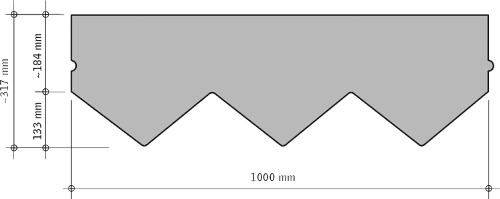
This flexible katepal tile, as well as other models of this manufacturer, is based on non-woven fiberglass, which is coated on both sides with SBS-modified bitumen. Color stability in the material of cathepals is ensured by stone and mineral granules, which are painted according to the special technology of the katepal bitumen tile manufacturer. In the case of laying lining material over the entire roof, katepal provides a 25-year guarantee for the finish. The service life of such a roof can be up to 50-60 years. Flexible tile katepal rufleks can be used for finishing coating in all regions of Russia and the CIS. It can be mounted at any temperature, the range of which ranges from -55 ° to + 110 ° C. If you plan to install katepal at temperatures below 5 degrees Celsius, then the packaged material must be stored in a warm room. In order to glue the shingle katepal to the base of the roof and ensure the tightness of the roofing, solar heat is required. The sun's rays affect the self-adhesive layer and katepal acquires the necessary properties. Since there is a shortage of sunlight in winter, in the cold season, roofers use a special hairdryer to heat the cathepal ruflex sheets. In winter, you can make preparations for the installation of a finishing coating for katepal bituminous tiles. It includes installation of the rafter system, the device of a solid wooden flooring, insulation, waterproofing, vapor barrier. To protect katepal from snow, use a durable plastic wrap or ordinary roofing material. With the onset of heat, you can quickly begin installation work on laying the cathepal bitumen tile, having previously removed the film and laid the lining carpet. We are sure that the cathepal roofing material, reviews of which you can read on our portal, will become reliable protection for your home!

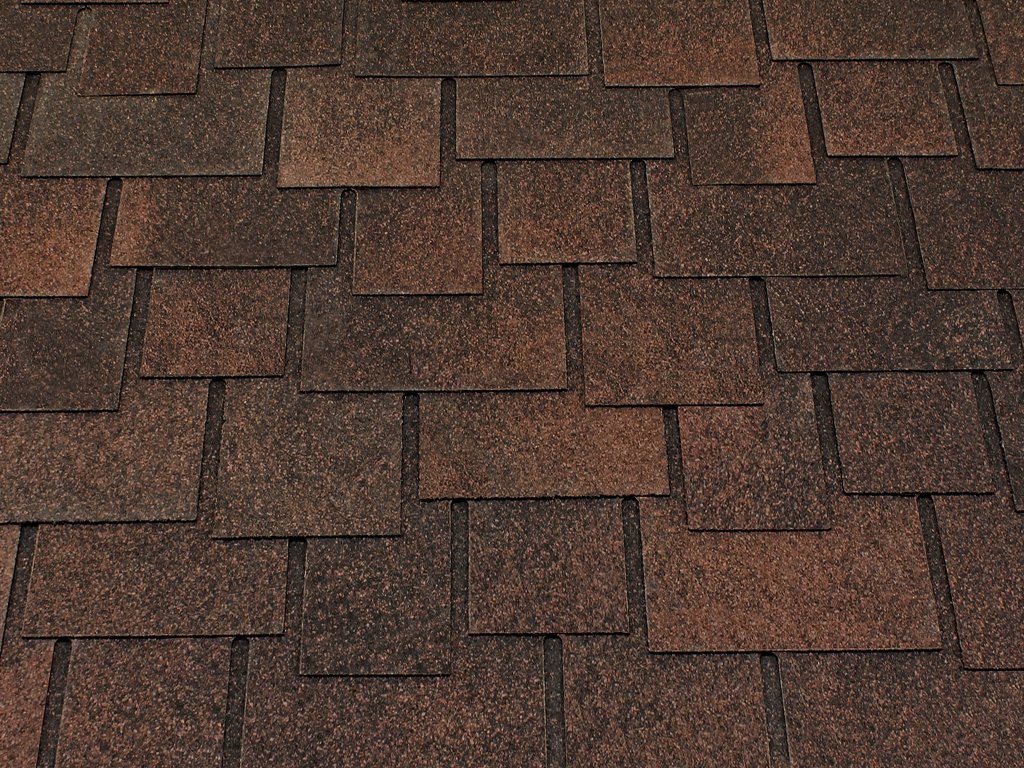
Alas, no comments yet. Be the first!